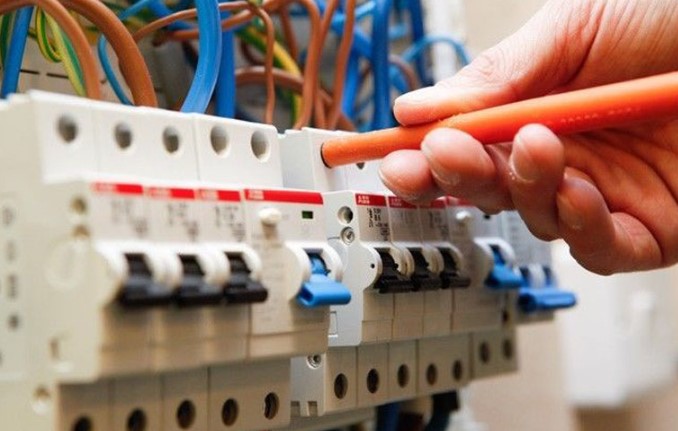
What Is an Electrical Infrastructure?
An electrical infrastructure transports electricity over long distances. High-voltage transmission lines are used to do this. The process of stepping down from this high voltage is called distribution. This infrastructure ensures the reliability of electricity for homes and businesses. Without these systems, a disaster can occur. Therefore, we must maintain our current and future electrical infrastructure to protect the public from future disasters.
Electricity transmission
The primary electrical infrastructure New Milford, NJ consists of three main components: generation, transmission, and distribution. Together, these components provide power to all aspects of society. In addition, these components are necessary for our economy to function properly. In North America, these parts are called the power grid, while in the UK, India, Tanzania, Malaysia, and other parts of the world, the term is often used as “national grid.”
Electricity infrastructure is essential to our lives, but electricity infrastructure is complex and includes demand, generation, transmission, and distribution. It is also impacted by three significant trends: urbanization, renewable power generation, and the shift from central power plants to distributed energy systems.
Bulk-power transmission network
A bulk-power transmission network is an extensive, interconnected electrical system. It consists of generation facilities, transmission lines, and control systems. This network is critical for ensuring an integral, reliable electric energy system.
Developing a bulk power transmission network involves exploring various designs and determining the best one. In addition, linear programming is used to identify capacity shortages and identify new circuits to alleviate those shortages. Finally, a new method of transmission network synthesis is also used, which produces a feasible transmission network using existing networks and load and generation schedules.
Transmission lines move large amounts of high-voltage electricity over long distances, connecting distant generating resources with electricity consumers. They also connect power generation facilities to distribution centers. In most regions, the generators are located in remote areas.
Service voltage standardization
The electrical infrastructure must be designed to deliver electricity at a constant voltage. This ensures that varying demand, reactive and nonlinear loads are managed, and the voltage is maintained. To do this, the grids must be able to handle the changes in demand. This article will examine how electrical infrastructure can define service voltage. Electricity is typically transmitted over long distances using high-voltage transmission lines. This stepping-down process is known as “distribution.”
Supporting vulnerable populations
Power outages can have devastating impacts on a variety of vulnerable populations. They can make people sick or lead to the closure of critical facilities. They can also exacerbate the effects of other disasters, such as winter storms. These effects are disproportionately felt by people in substandard housing or with underlying health problems. In such situations, resilient power systems can provide lifesaving access to electricity.
Universal access to modern energy services is a prerequisite for eradicating poverty and supporting human and economic development. However, it is difficult to quantify the benefits of energy access for vulnerable populations. One new study explores this issue using a concept called an energy access dividend. It is an economic value assigned to the time required to receive benefits from electricity.
